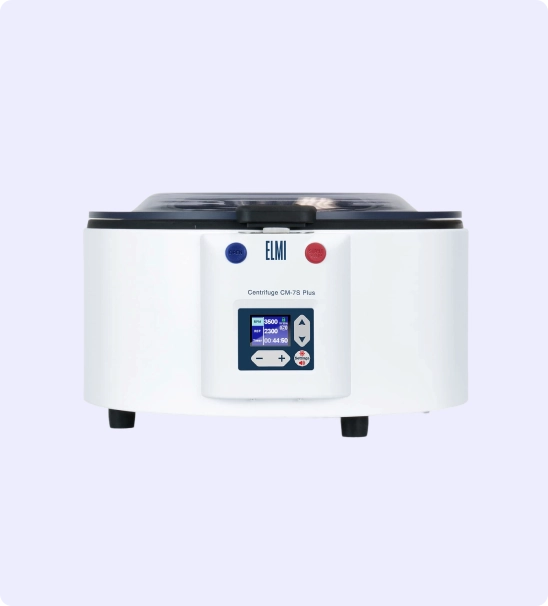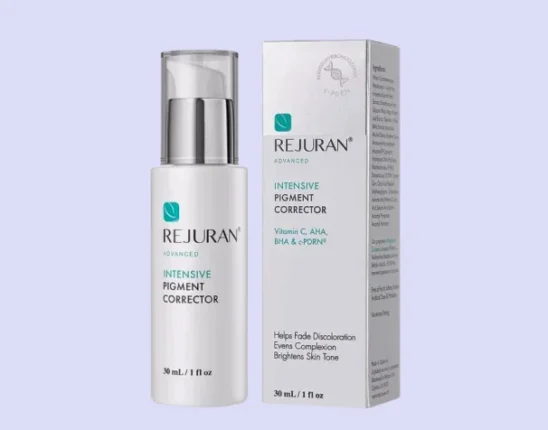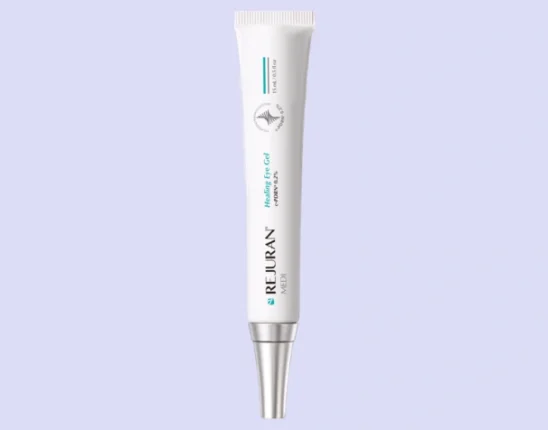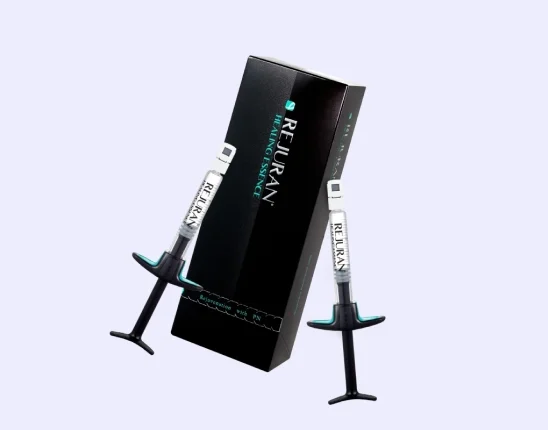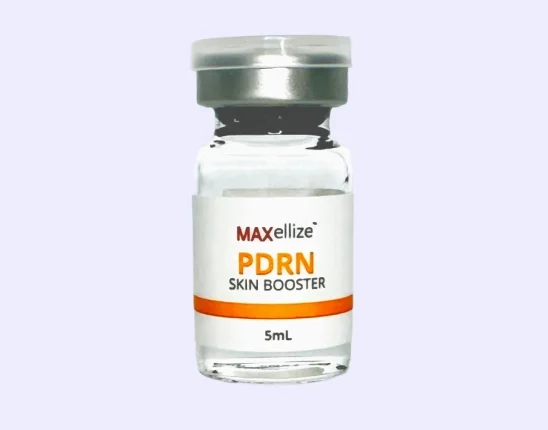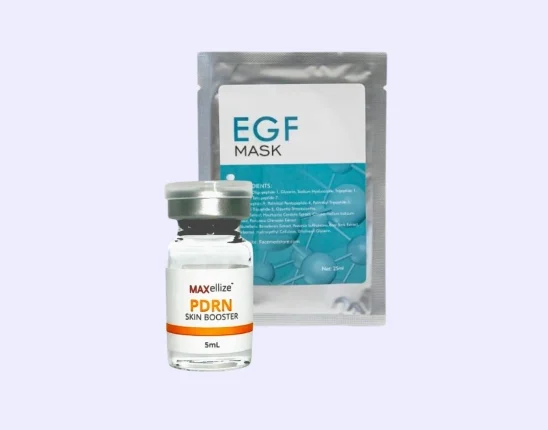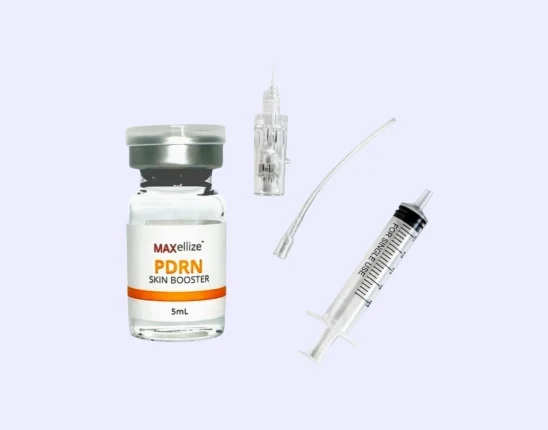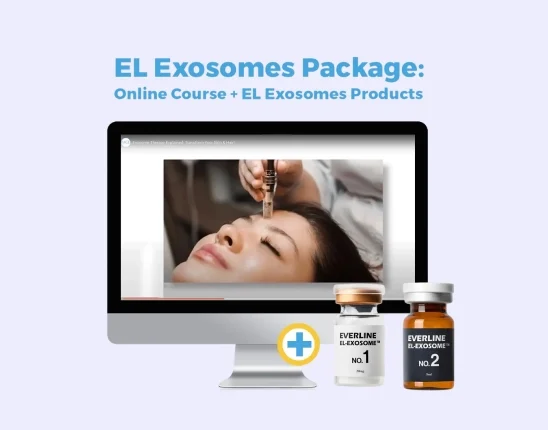Platelet-rich plasma is a revolutionary treatment used for lots of different medical conditions and cosmetic issues, including certain types of hair loss caused by androgenic alopecia or alopecia areata. But one thing that’s stopping patients from trying out this treatment option against hair loss is the risk of potential side effects they might experience.
So does PRP therapy for progressive hair loss have any side effects? Although PRP treatment is safer and has more positive effects than other treatments for hair loss, it still has a few adverse side effects that patients should be aware of, like pain, bleeding, and bruising on the treatment site, infection, nerve injuries, blood clot or injury to the blood vessels around hair follicles, and allergic reaction to other products used during the treatment. Note that these are temporary only and would be significantly lessened in the hands of a highly-skilled provider.
5 Possible Side Effects of PRP Treatment for Hair
PRP therapy is a type of regenerative medicine commonly used in treating orthopedic conditions and joint injuries. The concentration of platelets separated from the red and white blood cells of the patient accelerates wound healing for a much quicker recovery from a sports injury.
But according to the International Journal of Women’s Dermatology, PRP therapy is also a promising treatment that helps reduce the rate of hair loss and stimulates active hair growth. The platelet-rich plasma (PRP) used in the procedure is derived from the patient’s own blood sample.
PRP injections for pattern hair loss contain growth factors that promote cell growth, start the hair cycle, nourish each hair shaft, and revitalize each hair follicle. This leads to an increase in postoperative hair count, hair volume, hair density, and hair thickness.
Since the treatment is autologous and minimally invasive, it’s rare for patients to experience serious side effects or complications similar to the risks of hair transplantation. The success and efficacy of the procedure for hereditary hair loss vary per patient, so they should still be wary of certain adverse effects.
1. Pain, Bleeding, and Bruising
It’s normal for patients to experience a mild headache or pain in the treated area of their scalp for a few days after the procedure. To address this, some PRP therapy providers use topical numbing cream or local anesthesia at the injection site to help minimize the pain and discomfort during the medical treatment, but they have to ensure that the patient isn’t allergic to the anesthesia first.
Patients with hair loss might also experience bleeding, redness, bruising, and some skin discoloration in the area where the blood sample was obtained and where the PRP was injected. Swelling is also normal since it’s an essential part of the body’s healing process. These symptoms usually go away after a few days, but make sure to consult a medical professional if they worsen or persist.
2. Infection
Although PRP injection treatments don’t involve incisions or surgery, they still use a needle that pierces the skin, enters the body, and deposits the medication there. This puts patients at risk of developing an infection at the injection site.
Having an infection in the treatment area is unlikely if the doctor or provider used high-quality and sterile medical-grade tools and supplies. However, there are still other infection vectors that patients should be wary of, like the environment at home which might infect the wound. Most providers warn patients of this possibility and advise them to take extra care of the treated sites after the procedure.
In rare cases where infection occurs in the treated area, patients should contact a physician immediately to get themselves examined and treated. If left unattended, infection and other forms of alopecia complications might develop into a serious medical condition that needs extensive medical treatments. It’s important for patients to keep in contact with a medical professional who monitors their progress.
3. Nerve Injuries
Like with other kinds of injectable treatments, PRP therapy may also cause muscle injuries or nerve injuries if the syringe accidentally stabs a nearby nerve. This results in pain, inflammation, or muscle weakness in the treated site. If left untreated, the nerve damage may worsen and prevent the patient from performing daily tasks comfortably.
However, the chances of a nerve injury happening is unlikely at the hands of an experienced PRP injector. They use needling techniques that are honed through the years to correctly find the best injection sites on your scalp and administer the PRP injection at the right depth. This leads to successful hair growth without affecting the nerves around the area.
4. Blood Clot and Injury to Blood Vessel
PRP therapy for reduction in hair loss may also cause injury to blood vessels if the syringe accidentally punctures a nearby blood vessel. But like nerve injuries, these are also rare as long as the effective treatment for male or female pattern baldness is performed by an experienced provider or injector.
Blood clots may also happen if the lining or wall of a blood vessel is damaged or cut. It’s a normal body response to stop the bleeding at the site of the damage or wound. When this happens, the doctor treats the blood clot like any other clot.
5. Allergic Reaction to Other Products
PRP injections for hair loss are derived from the patient’s own blood sample, so the chances of the concentrated platelets getting rejected by the body are slim. However, some patients may still develop an allergic reaction after the treatment because of the other products used during the procedure, like the local anesthesia or numbing cream.
Aside from being a rare situation, an allergic reaction after the treatment doesn’t usually develop into serious complications as long as they’re detected and treated immediately. However, this makes the PRP therapy inconvenient for them since finding an alternative to the anesthetic is difficult. Without anesthesia, they might find the treatment painful and uncomfortable.
The best way to prevent allergic reactions from happening is to thoroughly check the patient’s medical history before the PRP therapy. Allergies should always be considered in any type of treatment modality and drug therapies should always be prepared in cases of emergency.
GET MEDICAL-GRADE BLOOD COLLECTION NEEDLES AT 20% OFF WITH CODE “20OFF” ON YOUR FIRST ORDER.
Stock up on blood collection needles and other medical and aesthetic supplies with FACE Med Store. Checkout today and get 20% off your order.
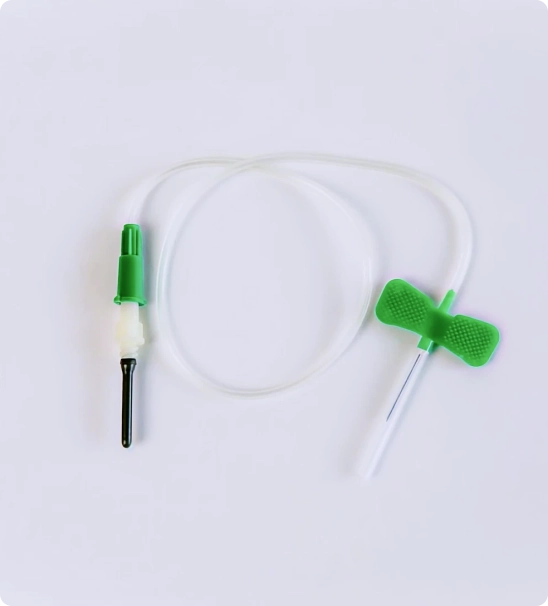
How to Minimize Your Risk of Complications
Platelet-rich plasma therapy for hair loss is one of the best and safest alternatives to hair transplantation surgery. It’s a non-surgical treatment that uses the patient’s own blood sample to fight female or male pattern baldness and stimulate natural hair growth in the scalp, making major side effects and complications highly unlikely.
But for patients who are still wary of the treatment, there are a few things they can do to minimize the risk of developing complications.
- Find a Trusted Provider – The success of the PRP hair treatment depends on how skilled the injector is, so it’s important to find a reliable provider to help achieve the best hair regrowth results while minimizing the risk of negative side effects. Don’t forget to check your doctor’s credentials and reviews from previous patients.
- Ensure That You’re Qualified for the Treatment – Most patients are qualified for the PRP therapy, but they should still let the provider know about their full medical history to find out if this treatment is the best for them. This also lets the doctor know if the patient is allergic to anything that might be used during the procedure, allowing them to proceed with the treatment more carefully. Patients aren’t qualified for this effective treatment option if they’re diagnosed with conditions like chronic liver disease, chronic skin condition, and some types of platelet dysfunction syndromes.
- Follow Aftercare Instructions – Side effects like infection at the treatment site usually develop after the treatment and in an environment with infection vectors. Following aftercare instructions provided by the injector ensures that each patient achieves the results they desire while avoiding usual side effects.
Buy High-Quality Hair Loss Solutions from FACE Med Store
PRP therapy is a safe and effective hair regrowth treatment for male or female pattern hair loss if you’re not ready or qualified for a hair transplant surgery. But like any other treatment option such as topical minoxidil and oral finasteride, PRP injection comes with certain risks and side effects that patients should be aware of.
FACE Med Store has been continuously supplying dozens of clinics and healthcare providers across the country with high-quality medical tools, supplies, and supplements. We help our partners provide the best care and treatment for their patients by equipping them with all the medical tools they need – from injections used in PRP treatments to other effective hair loss solutions.
Contact us now to learn more about us and the products we offer.
